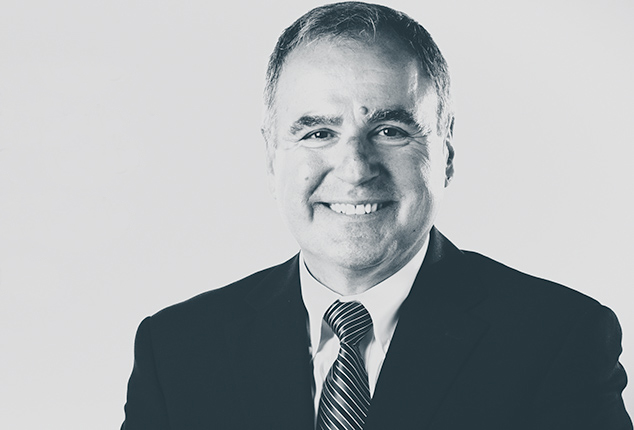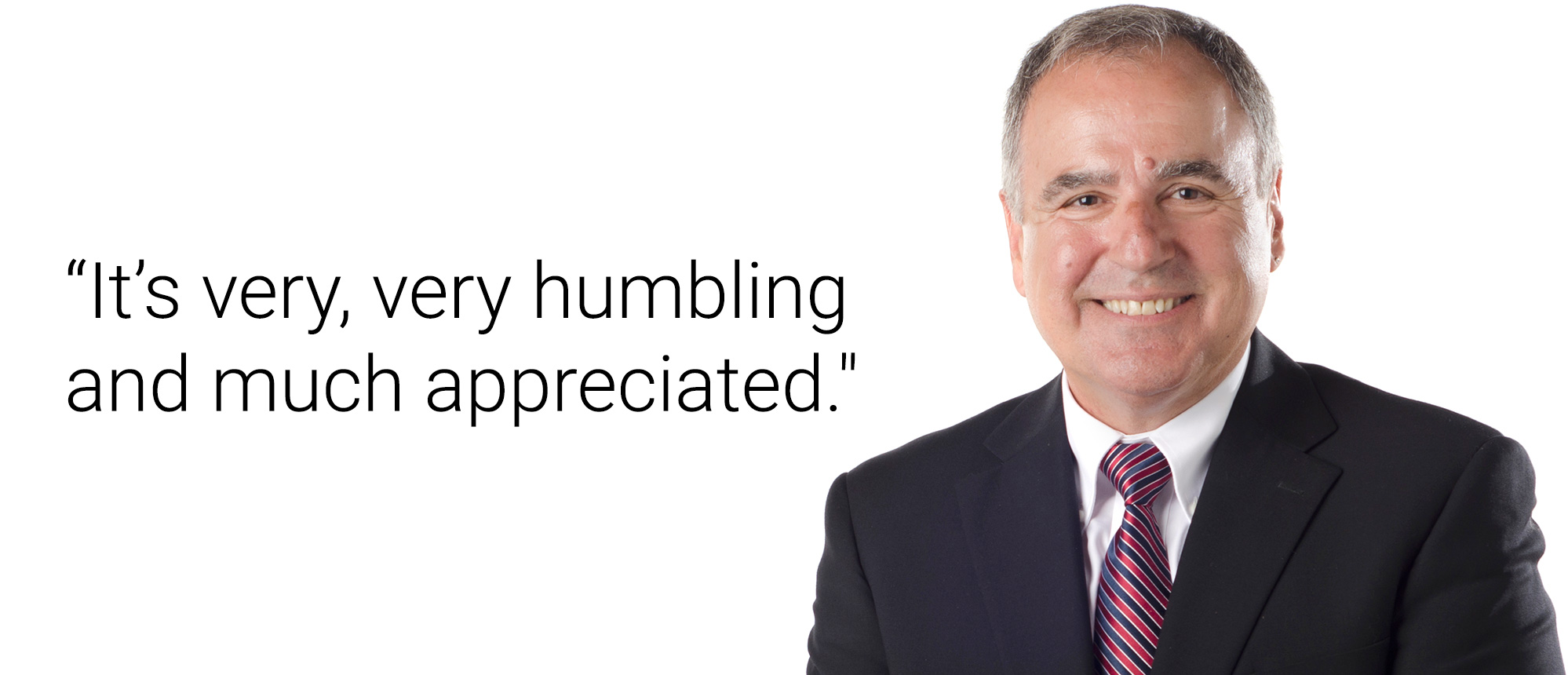
The media industry has undergone massive change over the last 20 years as media empires reacted to the internet, social media and changing audience expectations. Jerry Chomyn, Program Head of Media Studies at the University of Guelph-Humber, discusses what that change means for media education and how to get students prepared for a field in flux.

What are some of the ways has media changed in the last 20 years?
When I started working as a journalist, media was silo-based. There were high walls within the industry and when you worked, you were a specialist. At that time, I was a reporter, someone else had to hold the camera and another person worked the microphone. The on-air person didn’t do the work of a technical person.
Furthermore, the walls between things like TV, newspapers and magazines were very high. What’s changed in the 21st century is that those walls have gone by the wayside. Disciplines are now working together and in some cases, one person is expected to cover four or five jobs, doing the work of a journalist, a photographer, a designer, video producer, social media creator and so on. To work in media today, the more disciplines you can work in, the better equipped you are.
Why did things start to change? Was there a key moment?
There wasn’t a key moment, the industry just matured. Back in media’s early days, they saw the benefit of being multi-platform, so one group would own a newspaper, radio stations, television and magazines. Eventually, it was believed that all of this ownership gives the media too much power, so groups were virtually forced to break up. You could own a newspaper or TV, but you couldn’t own them all — you control too much of the message.
That fear, of one person or group holding too much power, really changed when social media came in. All of the sudden there wasn’t strict control of the message anymore, every day there were new voices on the scene. That’s where we’re at today: it’s a lot of different voices telling the story. It isn’t always tidy and they sometimes get things wrong — old media gets things wrong too — but it’s all evolving, and it’s going somewhere we can’t see.
Is there room for both these styles of media to coexist, or will we see old media fade away?
When radio came along, people threw up their hands and said newspapers were dead. When TV came along, people said it meant the death of radio. Neither was true and both continue to exist.
What’s changed is the necessary tools for success. The companies that I think are doing the best are the ones making the most of whatever forms they can, whether that be radio, video, print, social media, animation, photo and otherwise. Everything happens in real time now, and that’s a big challenge for traditional media outlets. You don’t hear about a story on the 6 o’clock news, the story breaks as soon as it happens.
I think there’s space there for old and new media to coexist. New media gives us the instant play-by-play while old media provides us with context, background information, an in-depth look and the verification of facts, all of which are critical for good storytelling.
How has media education adapted to meet these trends?
The challenge facing most media education is that they started teaching the subject in the 20th century and haven’t changed with the times. Many of the structures in place are silo-oriented and don’t encourage students to think cross-discipline. If you want to be a print journalist, they’ll teach you that, or if you want to be a TV reporter, they’ll teach you that, but you have to choose.
That’s where our program at UofGH stands apart. We’re only about 14 years old, so we don’t suffer from “well, this is the way it’s always been done.” We look at media in a different light and from a very broad perspective. Each discipline is connected to one another. There’s no point in teaching journalism if you don’t also teach public relations and there’s no point teaching design for print if you don’t teach design for the web.
How does the program emphasize cross-disciplinary learning?
When students come here, they can choose to specialize or stay broad, taking courses in journalism, PR, image arts and so forth. Our fourth-year media practices course takes all of these disciplines and puts them together. Students have to collaborate with one another to create a conference, a media awards ceremony and both a print and digital magazine.
A project like that in the working world would require multi-discipline connectivity, and so the students have to do a mix of journalism, photography, ad sales and event planning together. To help them along the way the class has media professionals who mentor, lead and guide them to solutions.
What’s the benefit of that type of teaching and learning?
First and foremost, it’s very real. Their projects have fixed deadlines that, one way or another, have to be met. The conference has to go on. The awards have to be presented. The magazine has to be printed.
Getting those things to happen before their deadlines requires a multitude of interrelated tasks. When it starts, it looks chaotic, but by the end, it’s like a symphony, with everyone playing their part. It’s a beautiful thing, and it replicates what the students will be faced with as soon as they step out of our doors. The more we can do that, the more we can help students think critically and take on multiple tasks, the better prepared they are to enter the evolving media world.
Learn more about Media Studies at UofGH.

